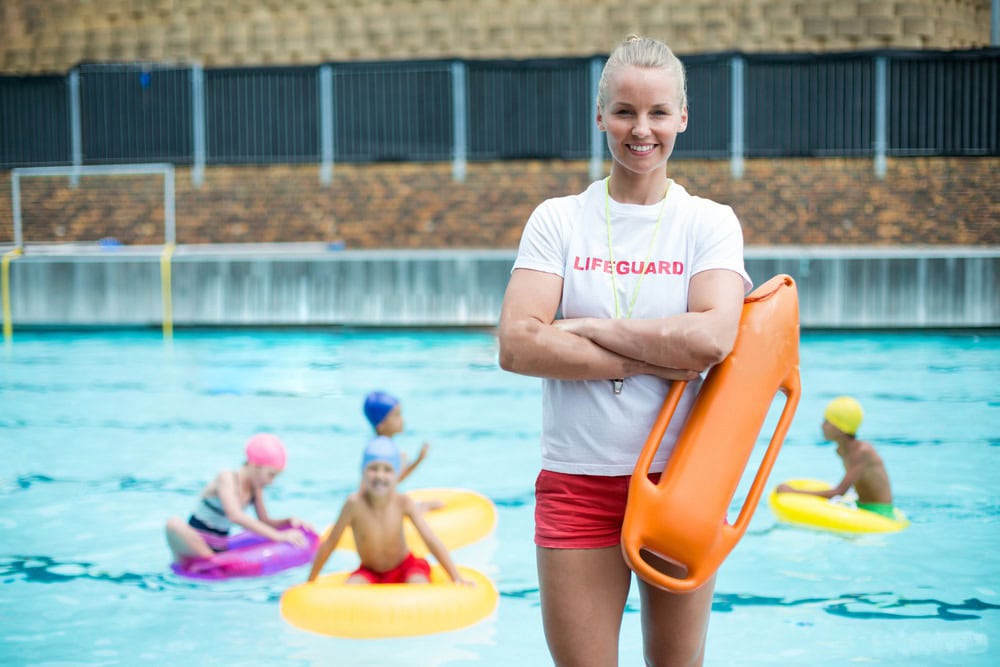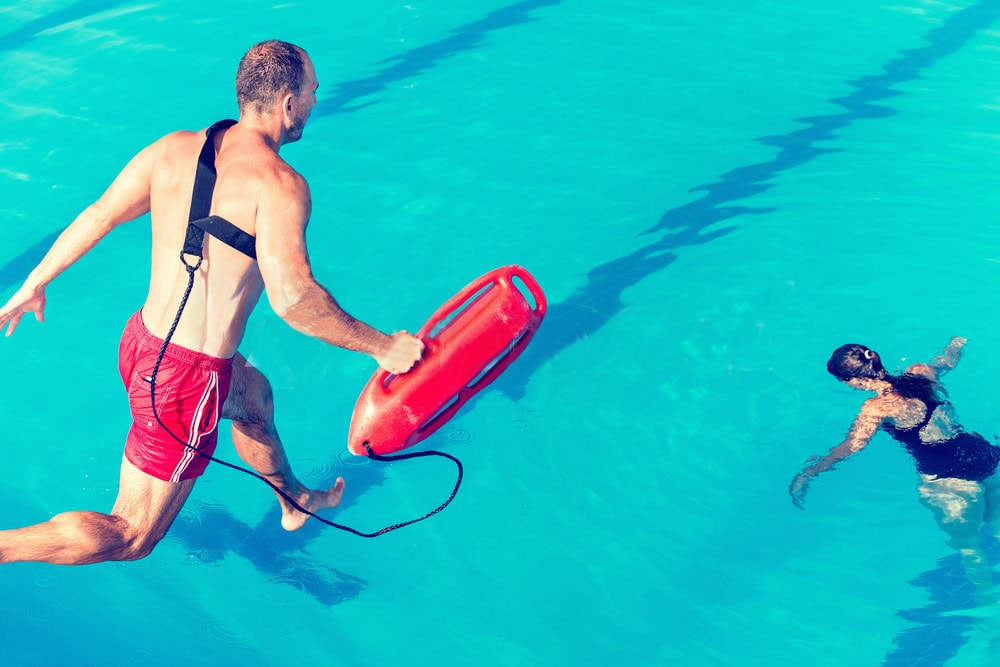In aquatic environments, safety is paramount. One of the most iconic and effective tools in water rescue is the rescue can. Recognizable by its bright red or orange color and streamlined design, the rescue can is a staple in lifeguard equipment worldwide.
What Is a Rescue Can?
A rescue can, also known as a torpedo buoy, is a rigid, buoyant device used by lifeguards to assist swimmers in distress. Its design allows for easy towing and provides flotation support to multiple victims simultaneously. The rescue can’s durability and efficiency make it indispensable in both poolside and open water rescues.

Key Features of Rescue Cans
- High Buoyancy: Supports multiple victims, ensuring they stay afloat during rescue operations.
- Durable Construction: Made from high-impact plastic to withstand harsh aquatic conditions.
- Ergonomic Handles: Designed for a firm grip, allowing lifeguards to maneuver effectively.
- Bright Coloration: Enhances visibility in water, aiding quick location during emergencies.
Types of Rescue Cans
Rescue cans come in various sizes to cater to different rescue scenarios:
- 28-Inch Rescue Can: Ideal for single-victim rescues, offering agility and speed.
- 34-Inch Rescue Can: Suitable for multiple victims, providing increased buoyancy.
- Specialized Designs: Some models incorporate additional features like reflective strips for night rescues or attachments for rescue lines.

Proper Usage of Rescue Cans
Effective use of a rescue can involves:
- Assessment: Quickly evaluating the situation to determine the appropriate rescue approach.
- Deployment: Entering the water with the rescue can, ensuring it’s securely held.
- Engagement: Approaching the victim calmly, extending the rescue can for them to grasp.
- Extraction: Towing the victim to safety, keeping communication open to reassure them.
For a visual demonstration, refer to this guide on using a lifeguard rescue can.

JieKang’s Commitment to Water Safety
At JieKang, we specialize in manufacturing high-quality rescue equipment, including rescue cans designed for optimal performance. Our products are crafted with precision, ensuring reliability when it matters most.
Why Choose JieKang Rescue Cans?
- Certified Quality: Our products meet international safety standards, providing peace of mind.
- Customizable Options: We offer various sizes and features to suit specific rescue needs.
- Global Reach: Trusted by professionals in over 45 countries, our equipment is a global standard.
For more information or to make an inquiry, visit our contact page.
Conclusion
Rescue cans are vital tools in ensuring water safety, providing lifeguards with the means to perform efficient and effective rescues. By understanding their features and proper usage, and by choosing quality equipment from trusted manufacturers like JieKang, we can enhance safety measures in aquatic environments.



